-
Membership
Membership
Anyone with an interest in the history of the built environment is welcome to join the Society of Architectural Historians -
Conferences
Conferences
SAH Annual International Conferences bring members together for scholarly exchange and networking -
Publications
Publications
Through print and digital publications, SAH documents the history of the built environment and disseminates scholarshipLatest Issue:

-
Programs
Programs
SAH promotes meaningful engagement with the history of the built environment through its programsMember Programs
-
Jobs & Opportunities
Jobs & Opportunities
SAH provides resources, fellowships, and grants to help further your career and professional life -
Support
Support
We invite you to support the educational mission of SAH by making a gift, becoming a member, or volunteering -
About
About
SAH promotes the study, interpretation, and conservation of the built environment worldwide for the benefit of all
(Un)Holy Land: Israel and Palestine
Jerusalem is of course the stuff of any survey of late antique and medieval art history, whether the focus be cross-cultural or on any more specific aspect of Jewish, Islamic, or Christian culture. Next year, I will include several monuments in Jerusalem in lectures course on the medieval Mediterranean and Islamic art. Hence, and here is of course where the H. Allen Brooks Fellowship comes in, I took the opportunity to visit and at the same time see more of Israel and the Palestinian Territories. This is where travel that is not tied to a specific research project is so precious, especially when it comes outside of the rushed three-day trips that one takes for conferences. The time to look around, wander with without a specific aim in mind, and to visit museums that are not closely—or not at all—connected to one’s research are often the aspects of travel that open up the mind. In some ways, I had forgotten this over years of travel related to dissertation and book research, and the fellowship year has allowed me to remember. Since this is the last blog post—hard to believe, really—this text will tie into my final report, where I will elaborate on the ideas above later in June.
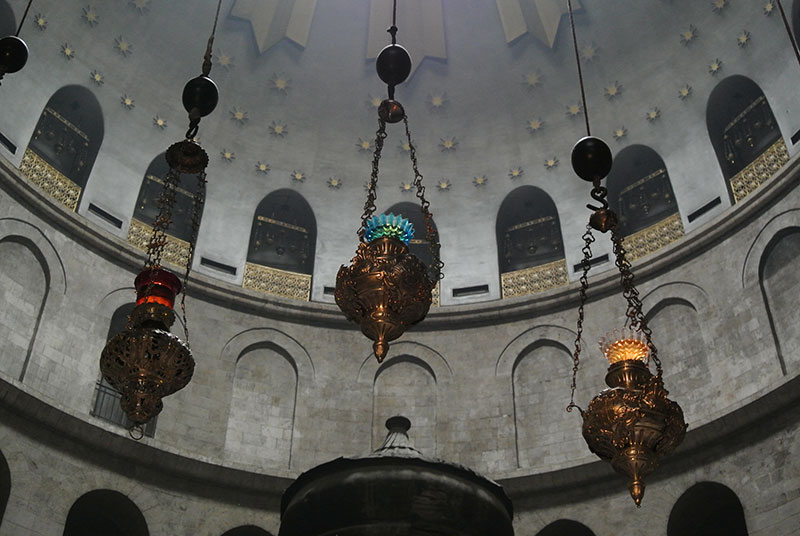
Figure 1: Interior of Dome, Anastasis Rotunda, Church of the Holy Sepulcher, Jerusalem (P. Blessing)
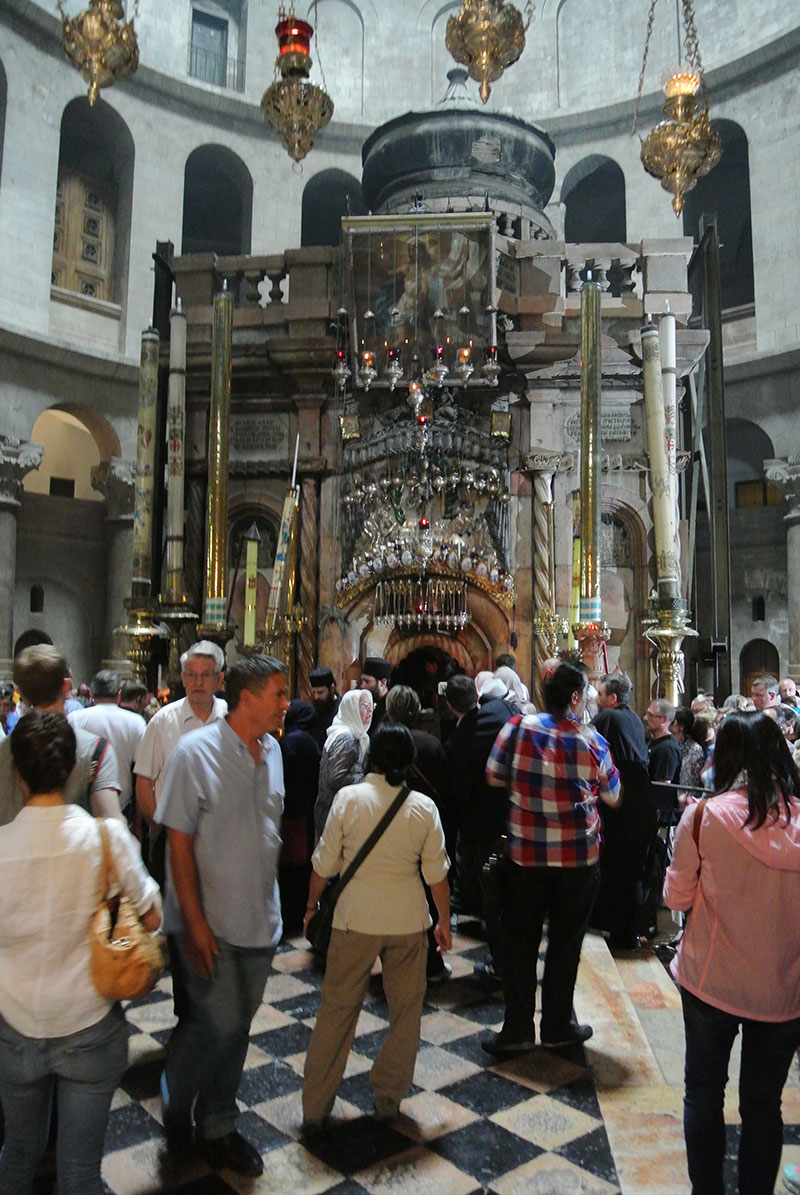
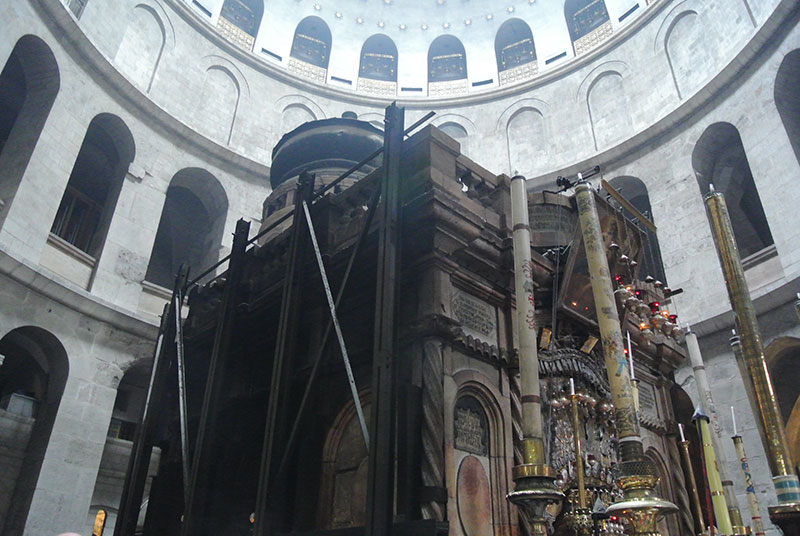
Figures 2 and 3: Holy Sepulcher, Anastasis Rotunda, Church of the Holy Sepulcher, Jerusalem (P. Blessing)
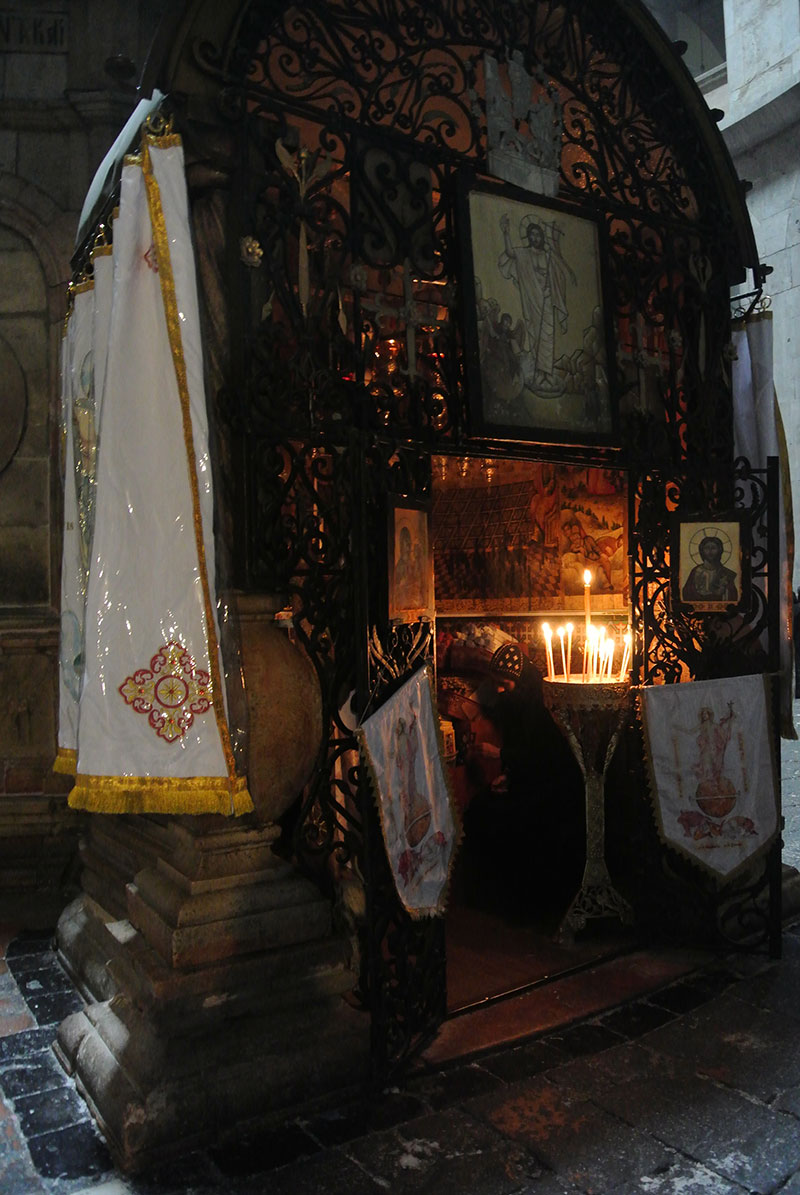
Figure 4: Coptic chapel, Anastasis Rotunda, Church of the Holy Sepulcher, Jerusalem (P. Blessing)
Let me begin with the Holy Sepulcher, an of course iconic if entirely confusing building at the structural level. Having attempted to teach this monument several times—and I really have to say attempted, because I am not entirely sure that I had understood it well based on plans and descriptions—I can attest to the difficulty of figuring out what is what. The monument changed form multiple times since its initial construction in the fourth century, and little of the original structure remains besides the general shape of the Anastasis Rotunda (Figure 1) and the fact that both the sepulcher of Christ (Figures 2 to 4) and the rock of Calvary are integrated into the structure. The building was transformed multiple times over the centuries, particularly after its destruction under the Fatimids in 1009, and during the subsequent rebuilding under Byzantine patronage, completed by the mid-eleventh century.
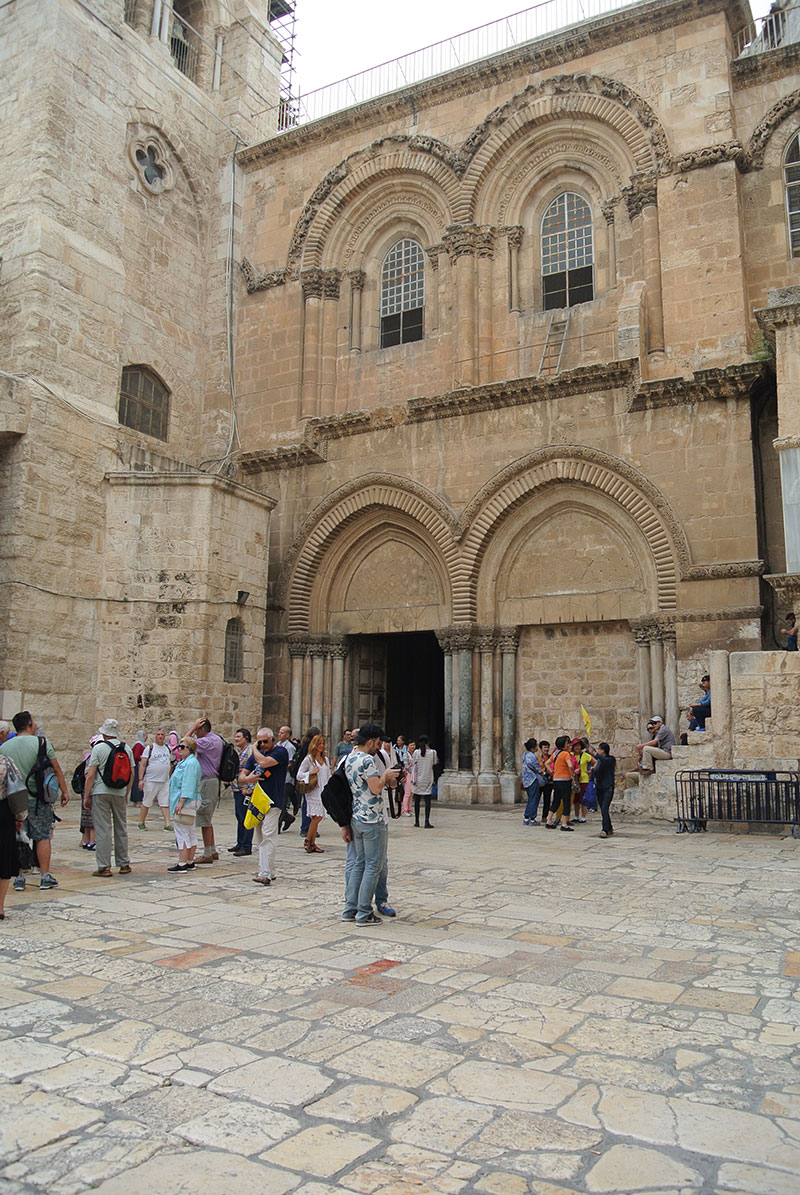
Figure 5: South façade, Church of the Holy Sepulcher, Jerusalem (P. Blessing)
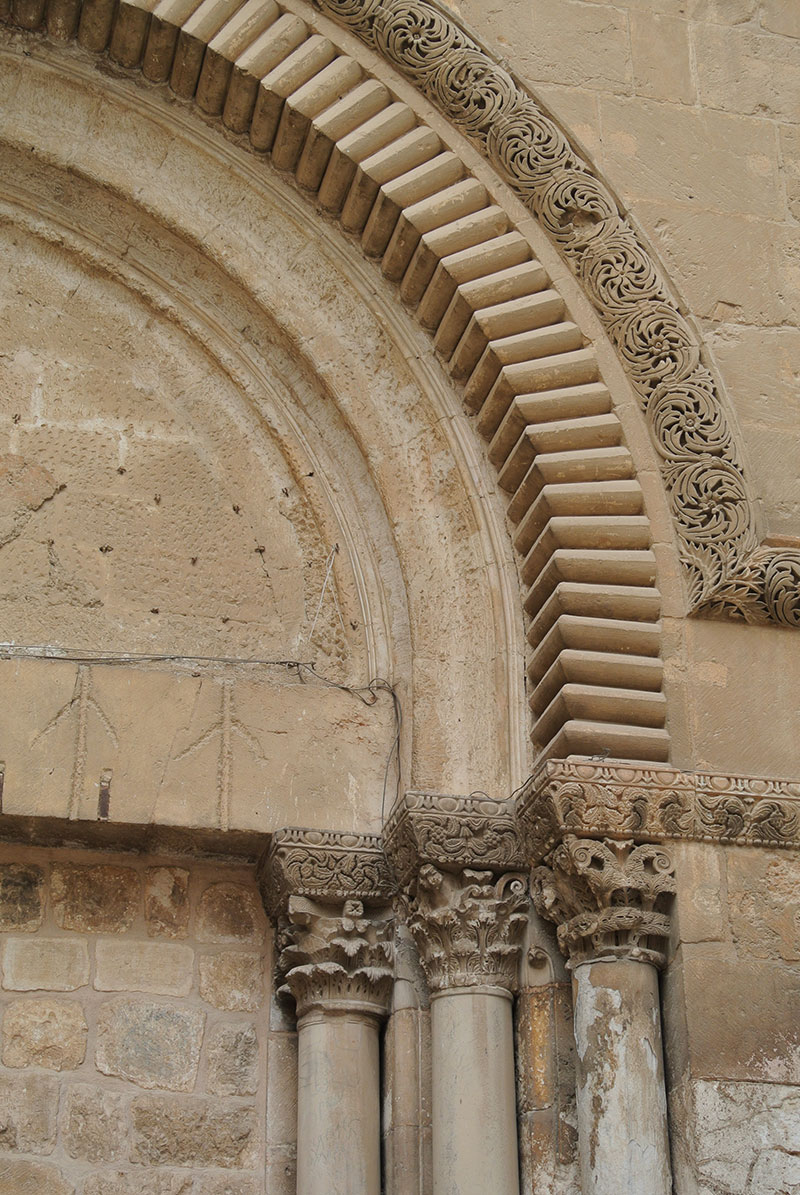
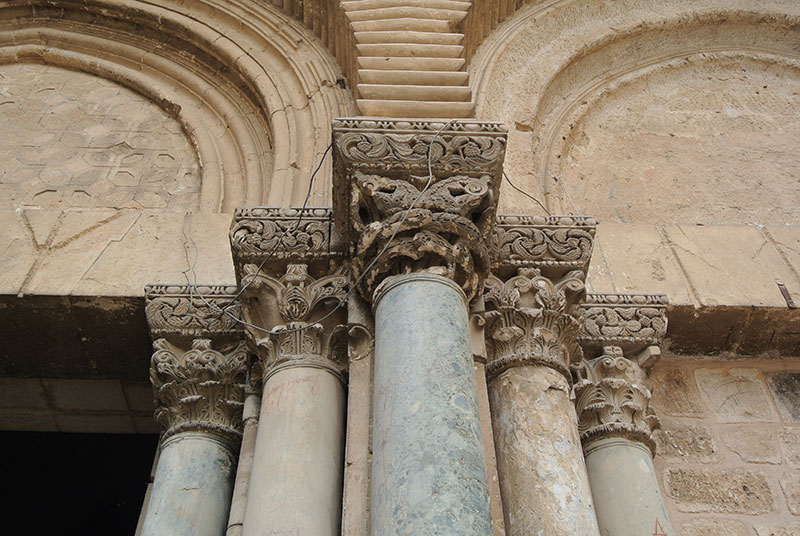
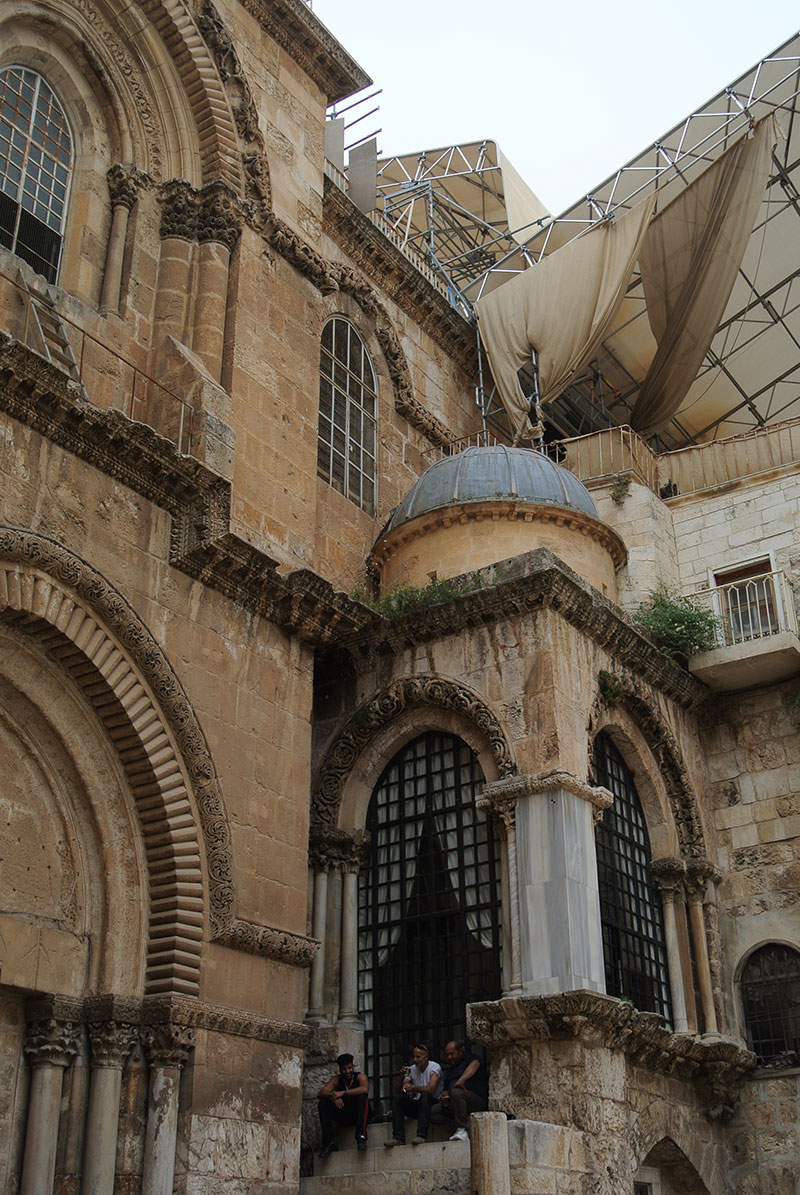
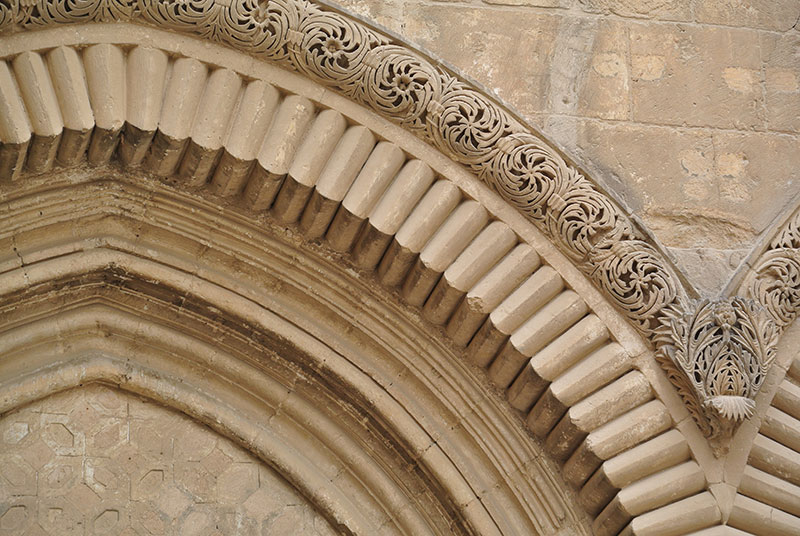
Figures 6 to 9: details of south façade, Church of the Holy Sepulcher, Jerusalem (P. Blessing)
The current complex is largely a Crusader creation with both earlier and later elements. The South façade (Figure 5) and main entrance and its architectural sculpture are of the twelfth century (Figures 6 to 9). The sculpted twelfth-century lintels are now in the Rockefeller Museum in Jerusalem. Despite their originality, many of these elements are rooted in late antiquity, including the “windswept acanthus” capitals (Figure 10), compared for instance to the sixth-century ones at the site of Qal‘at Sim‘ān (St. Simeon the Stylite) in northern Syria (Figure 11). (The latter site was bombed in mid-May 2016 during the war in Syria.)
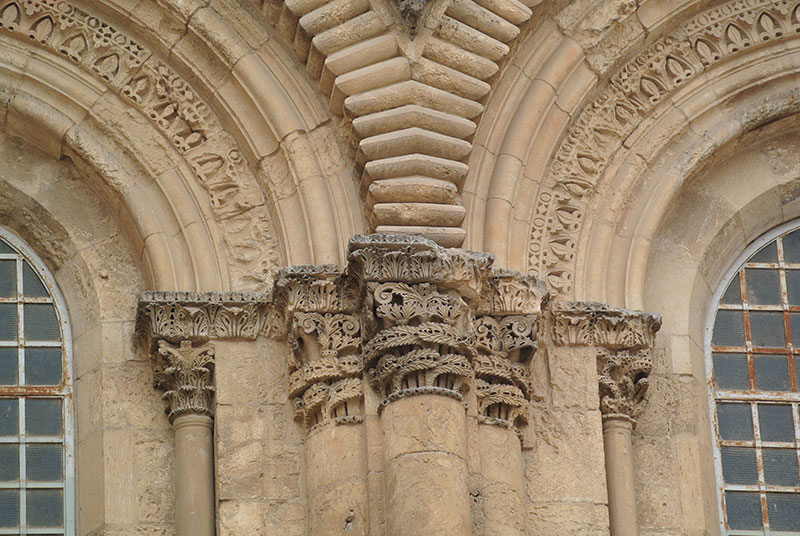
Figure 10: “windswept acanthus” capitals on south facade, Church of the Holy Sepulcher, Jerusalem (P. Blessing)
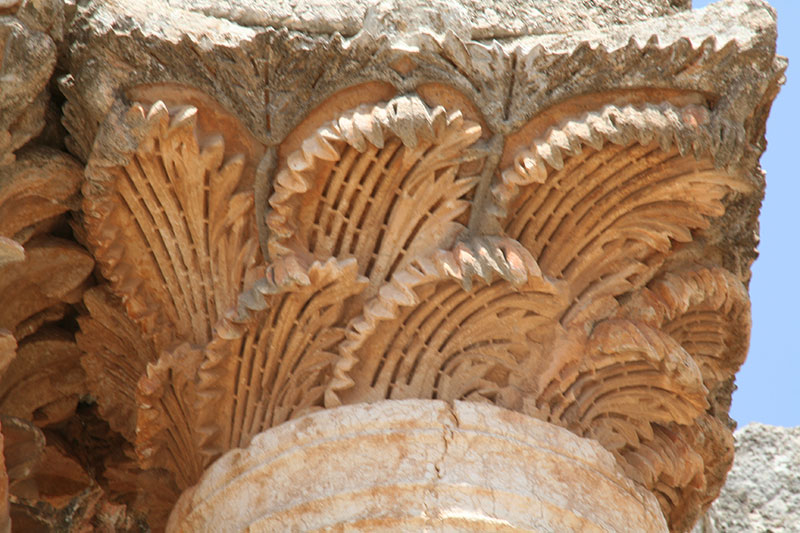
Figure 11: “windswept acanthus” capital, Qal‘at Sim‘ān, Syria, in a photography taken in July 2006 (P. Blessing)
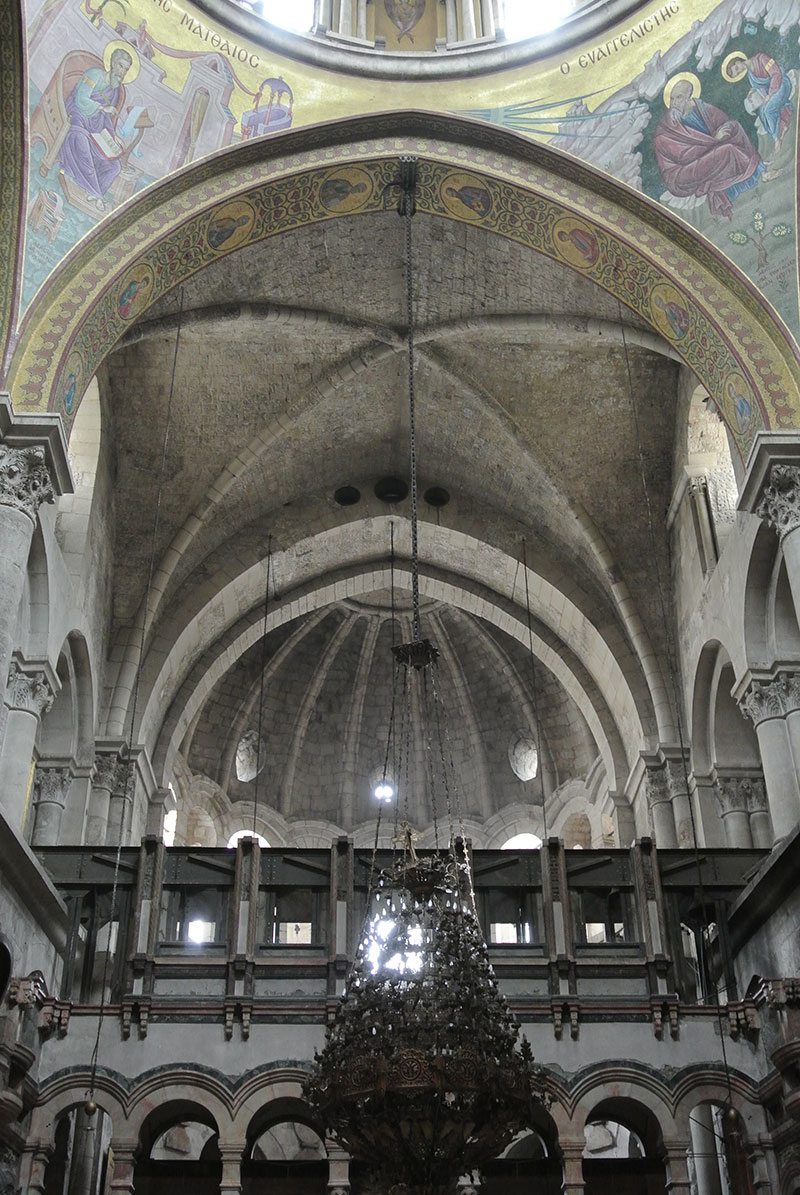
Figure 12: Crusader choir, Church of the Holy Sepulcher, Jerusalem (P. Blessing)
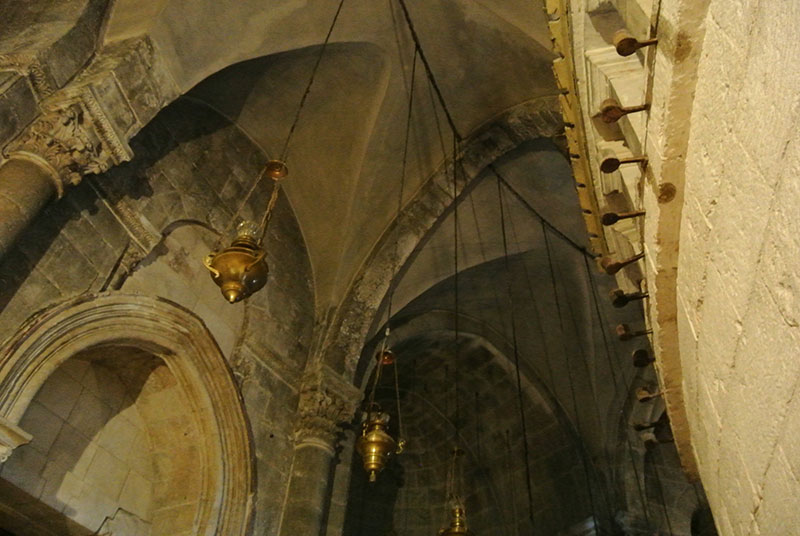
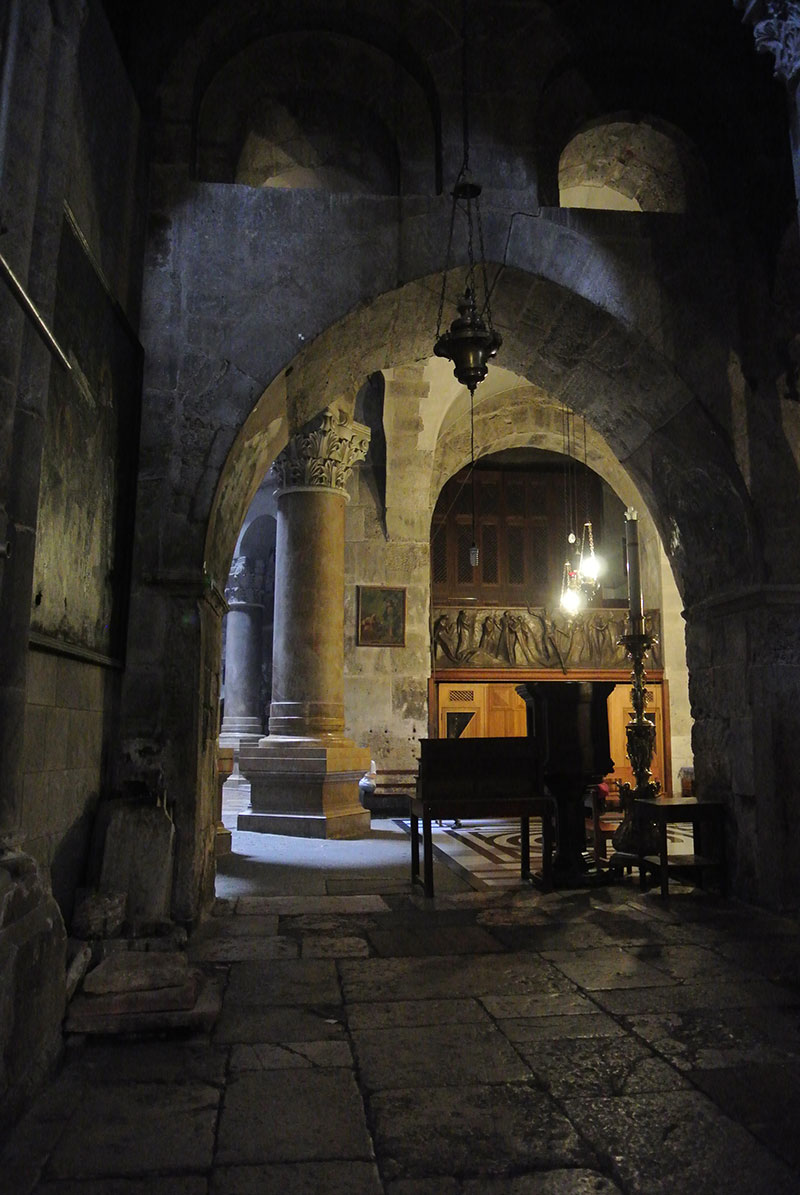
Figures 13 and 14: ambulatory with radiant chapels, Church of the Holy Sepulcher, Jerusalem (P. Blessing)
Also added in this period were the choir with a Gothic vault (Figure 12) and an ambulatory with radiant chapels (Figures 13 and 14). Both are completely encased in adjacent structures, not visible from the outside, and hardly any light enters the ambulatory. Older elements appear in the Armenian chapel (Figure 15) halfway down the stairs to the rock of Calvary – especially the late antique capitals –while more recent architecture and liturgical vessels dominate the two levels of the southern section (Figures 16 and 17).
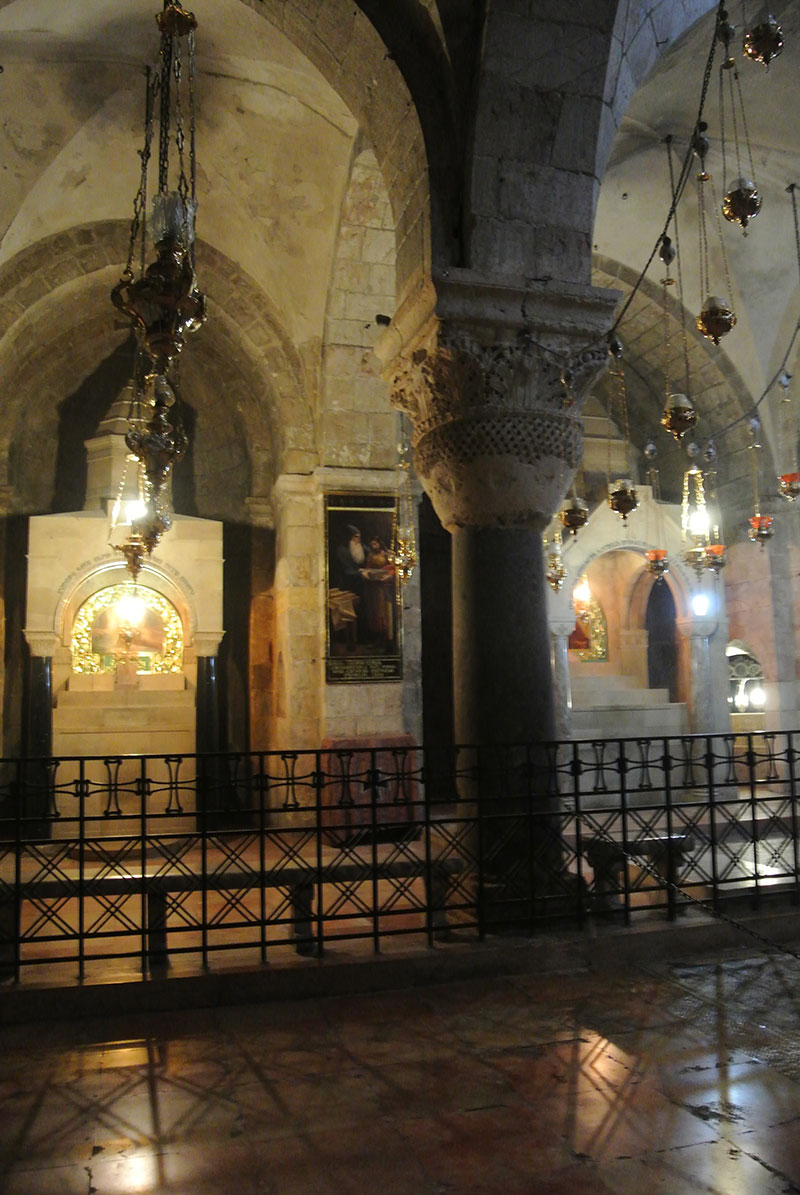
Figure 15: Armenian chapel, Church of the Holy Sepulcher, Jerusalem (P. Blessing)
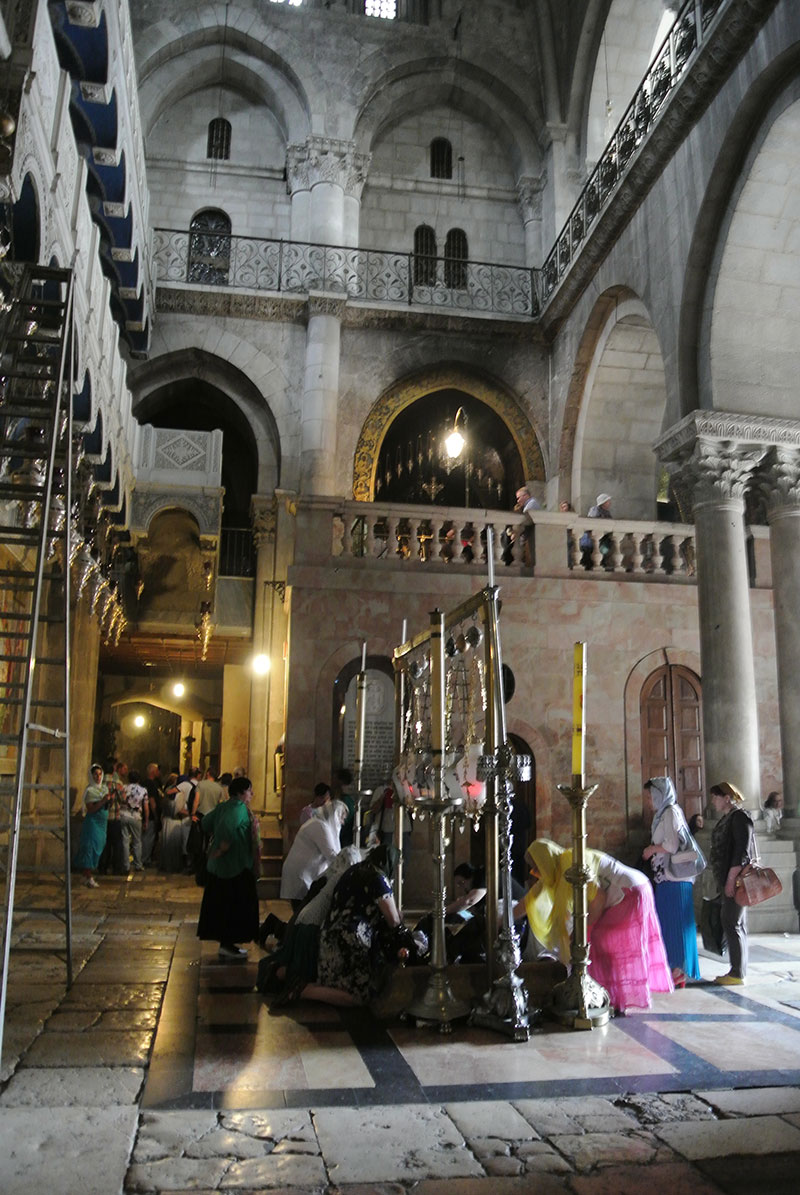
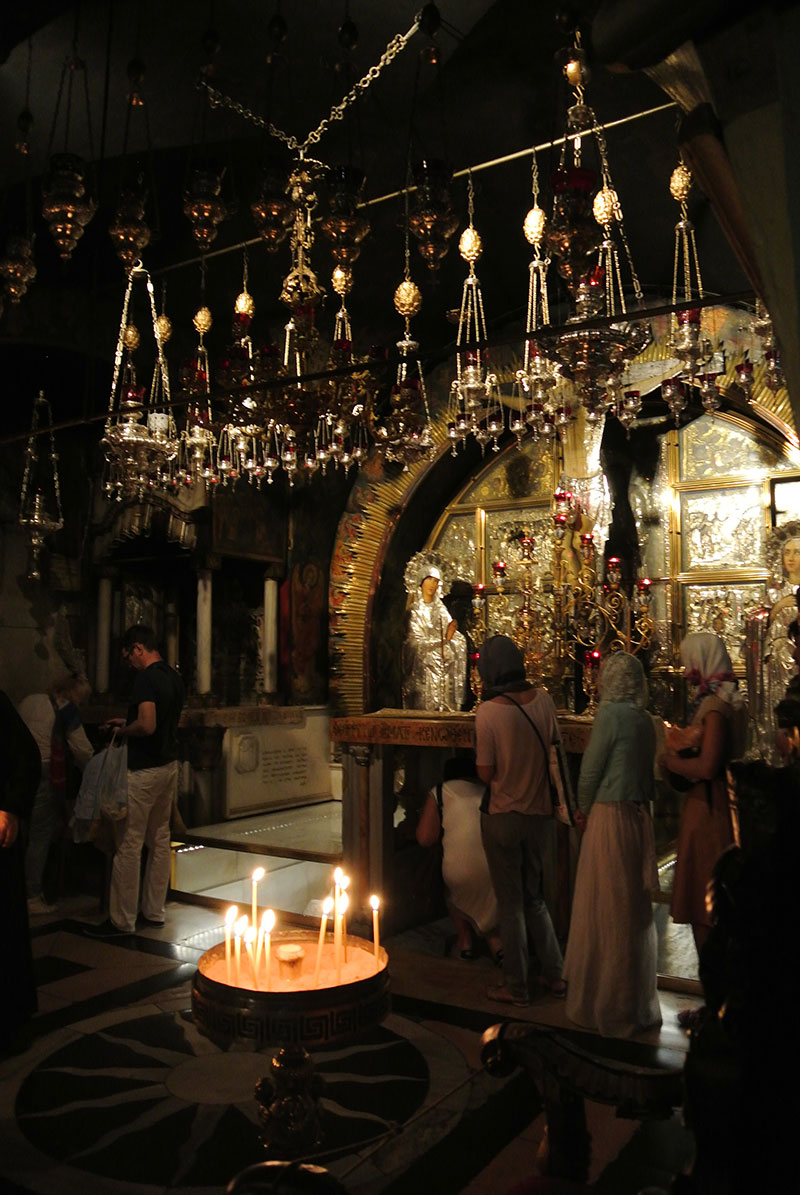
Figures 16 and 17: Entrance section and chapel of St. Anne, Church of the Holy Sepulcher, Jerusalem (P. Blessing)
Striking as well were matters of scale and size—while the entire church takes up a large surface, its fragmented interior and dim lighting make it feel intimate despite the large number of pilgrims and tourists present. Similarly, the walk along the Via Dolorosa evokes a limited urban space, yet opens up layers upon layers of present-day Jerusalem as it leads from West Jerusalem to the Muslim quarter of East Jerusalem; effectively the first station is only meters away from the enclosure of the Haram al-Sharif (Temple Mount), which sits on the site of the Jewish Temple—this makes it the most disputed site in an already tense city.
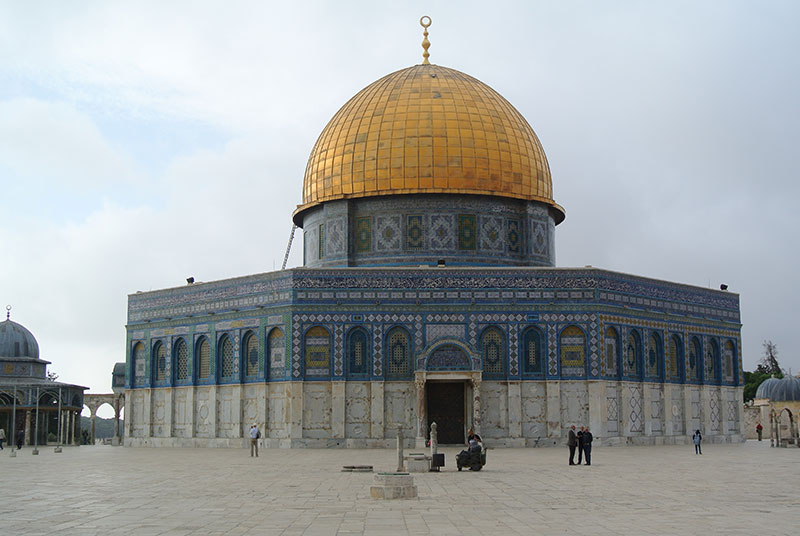
Figure 18: Dome of the Rock, Jerusalem (P. Blessing)
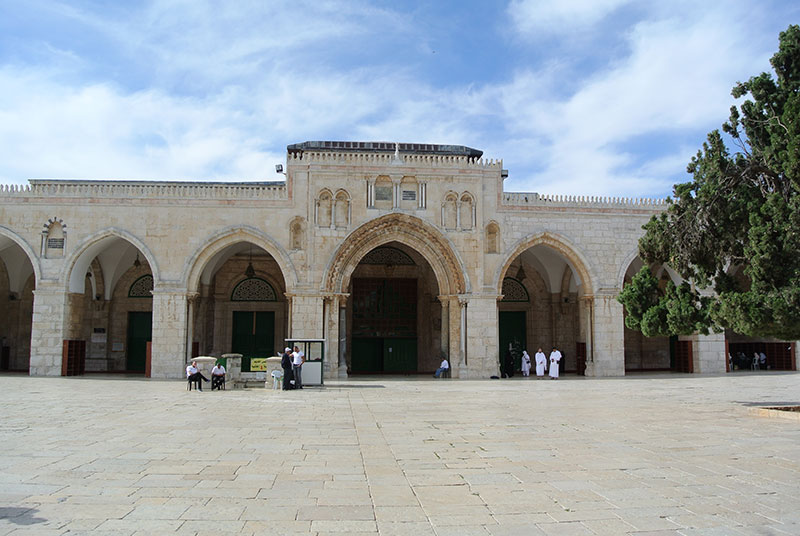
Figure 19: North façade, Al-Aqsa Mosque, Jerusalem (P. Blessing)
On the Temple Mount, the main monuments are of course the Dome of the Rock (Figure 18) and the al-Aqsa Mosque (Figure 19). As two of the earliest extent Islamic monuments, they are particularly charged sites, and currently not accessible to non-Muslims. Nevertheless, seeing the exterior is worth a lot, after years of textbook images and accounts in survey courses. The tile decoration (Figures 20 and 21) of the Dome of the Rock was installed in the mid-sixteenth century under the patronage of Ottoman sultan Süleyman the Magnificent who also renewed Jerusalem’s walls. While the original mosaics have been preserved in the interior, only small fragments (Figures 22 and 23) are still in place on the exterior that was also covered in mosaics (albeit likely deteriorated) before the Ottoman intervention.
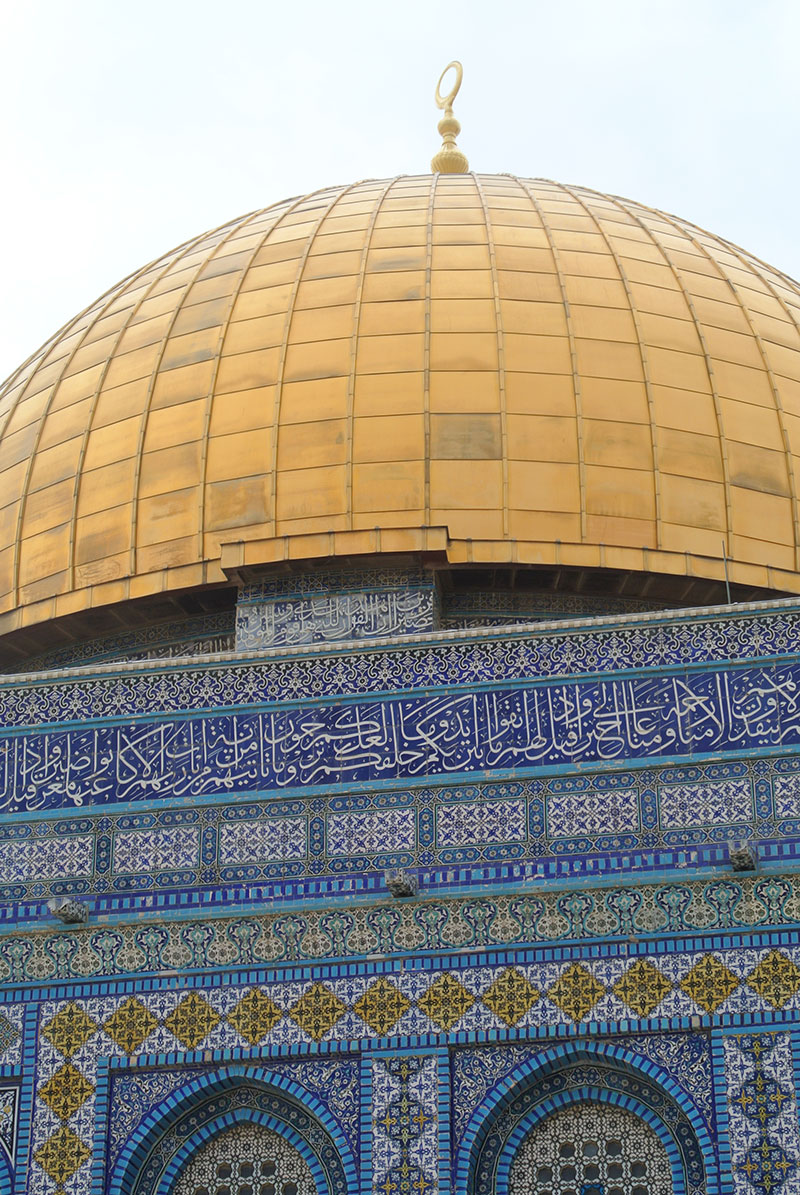
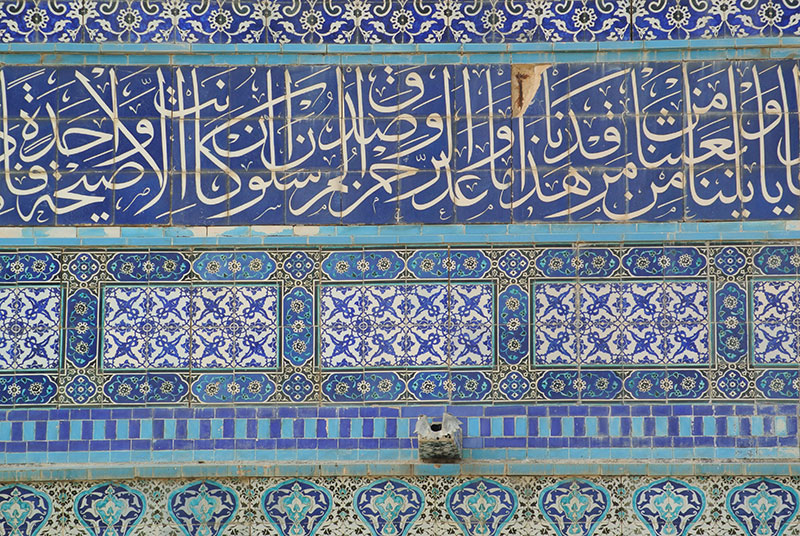
Figures 20 and 21: Ottoman tile decoration, Dome of the Rock, Jerusalem (P. Blessing)
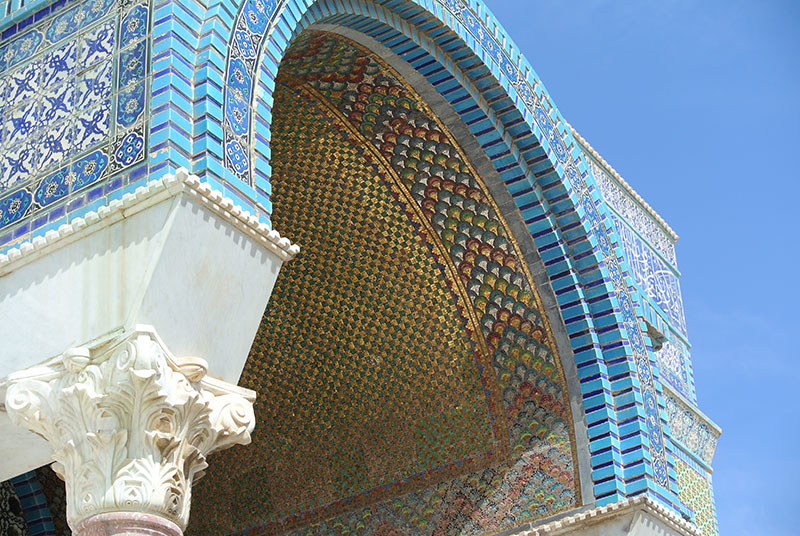
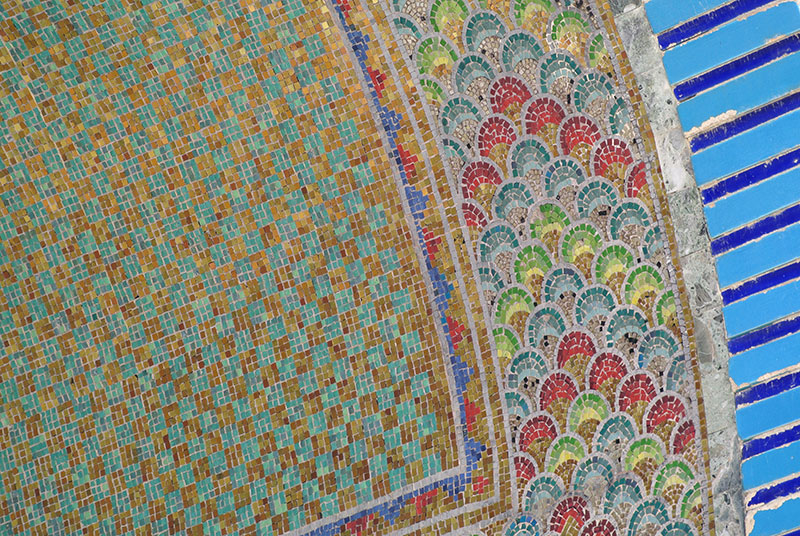
Figures 22 and 23: Fragments of seventh-century mosaic on east porch, Dome of the Rock, Jerusalem (P. Blessing)
Nearby, Mamluk monuments present the later uses of the complex, with the prominent fountain (Figure 24) and Ashrafiya Madrasa (Figures 25 and 26) founded by Sultan Qaytbay in the late fifteenth century in a style associated with Mamluk Cairo—certainly a deliberate move on the part of patron, advisers, and architect. Close to the madrasa, the fourteenth-century Bab al-Qattanin (Figure 27) leads out of the Haram into a covered market (Figure 28) dating to the same period.
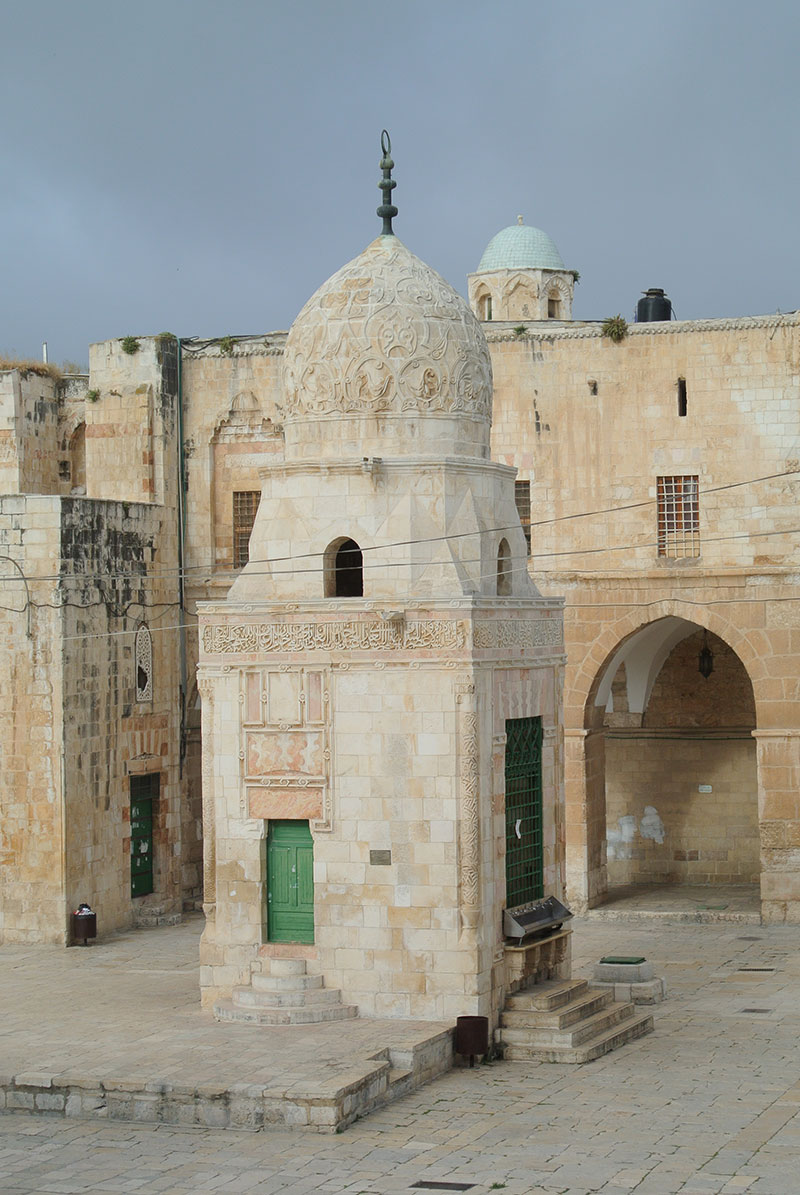
Figure 24: Fountain (sabil) of Sultan Qaytbay, Jerusalem (P. Blessing)
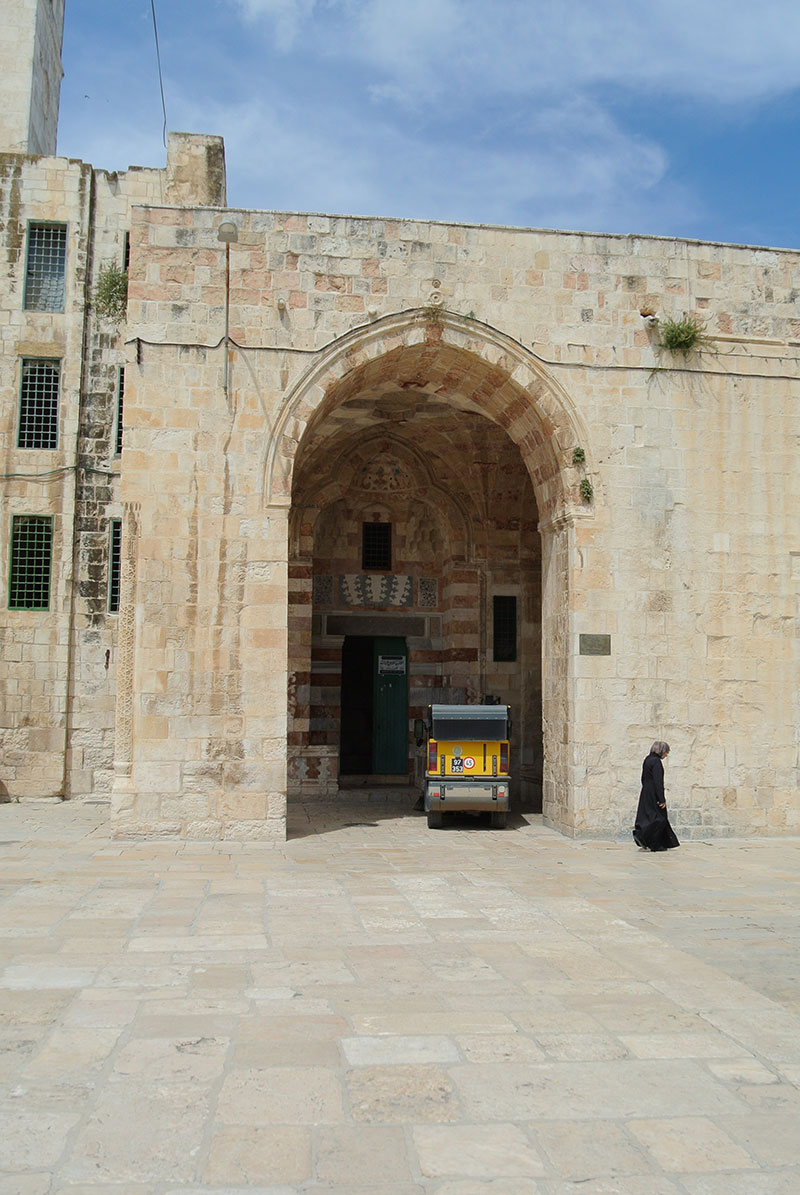
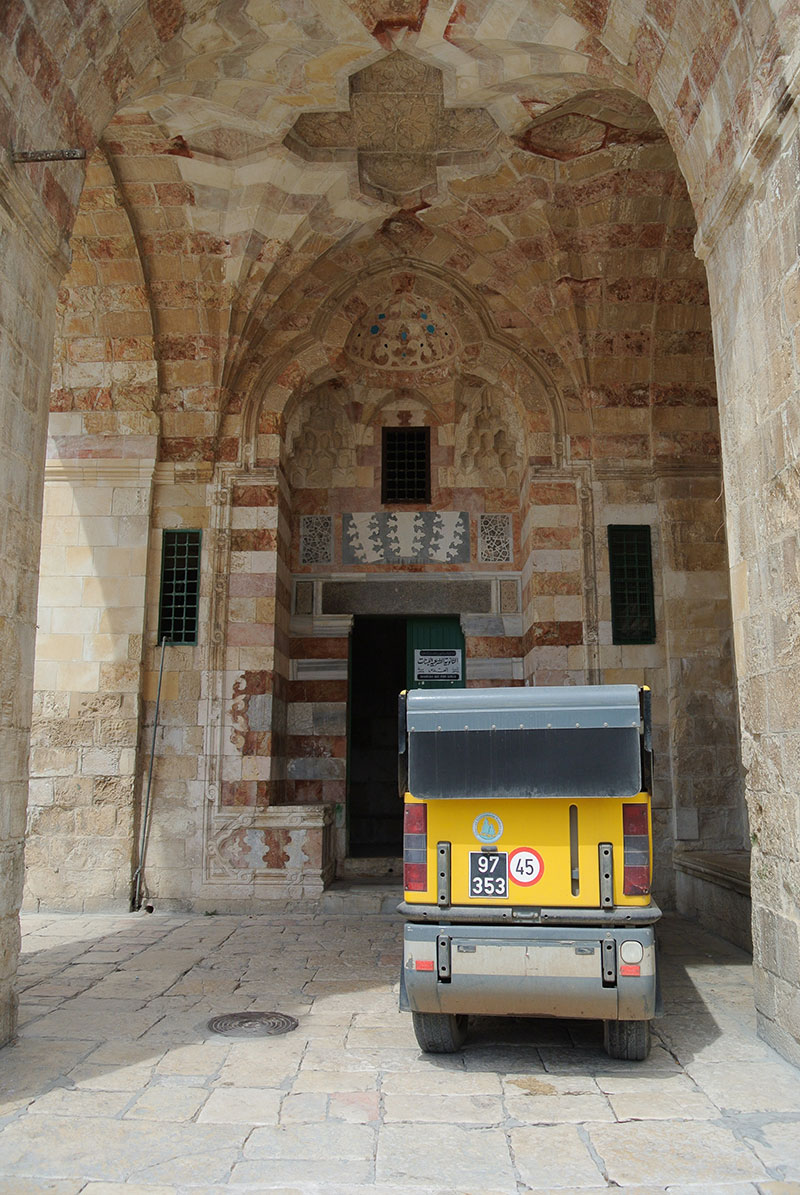
Figures 25 and 26: View and portal, Ashrafiya Madrasa, Jerusalem (P. Blessing)

Figure 27: Bab al-Qattanin, Jerusalem (P. Blessing)
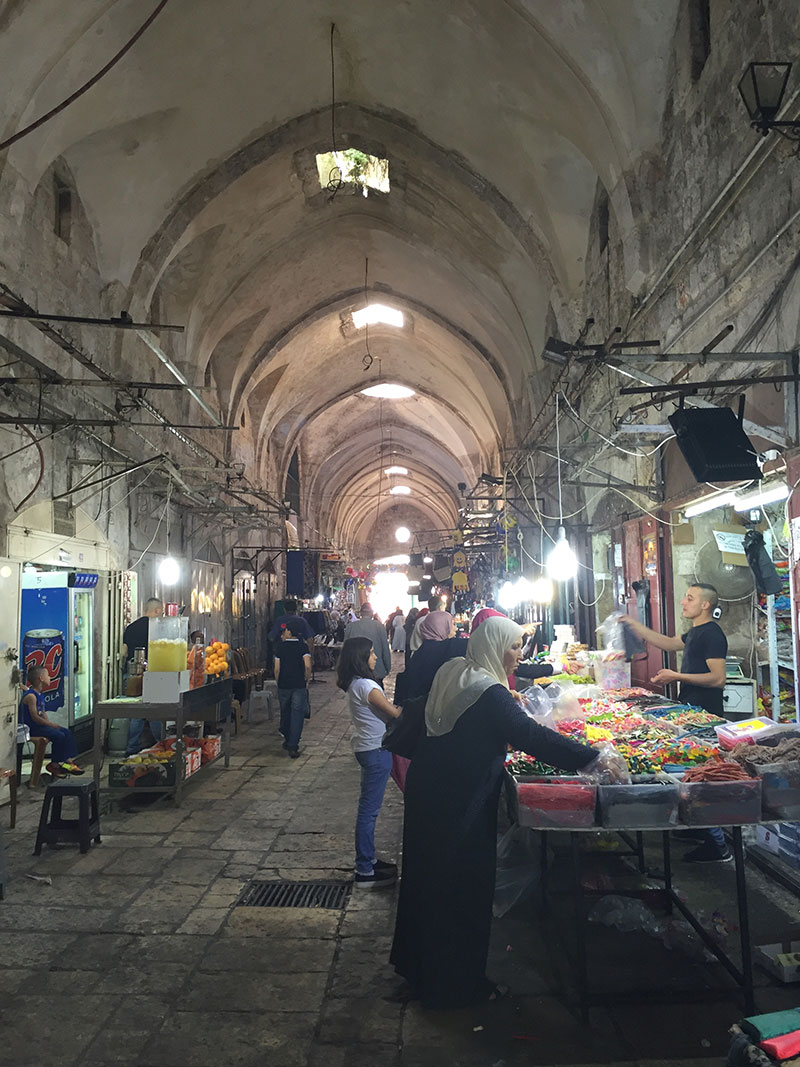
Figure 28: Suq al-Qattanin, Jerusalem (P. Blessing)
Looking at these sites, impressive both for their architecture and for the religious significance they carry for a large proportion of the local population, but also internationally, it is sometimes too easy to forget the tensions surrounding many of these sites. Yet the limits to access are clear, and the Western Wall of the Temple is part of the outer limits of the Haram, and one of the holiest sites in Judaism. Similarly, only a few kilometers from Jerusalem, Bethlehem is now part of the West Bank and located inside the wall (Figure 29) built by the Israeli government around large parts of the area administered by the Palestinian Authority. While tensions appear in the press, and the work of graffiti artist Banksy on the wall has gained fame, the daily reality of life on both sides of the fence often disappears from view. I was glad to be able to get at least small glimpses of both sides, something that is possible neither for Israeli citizens, who are banned from traveling to the West Bank and the Gaza strip (settlements are another part of the story), nor Palestinians living in those areas, who need special permits to enter Israel. Again, the difficulties surrounding Chinese artist Ai Weiwei’s visit to the Gaza Strip in May 2016 appeared prominently in the news, while daily life is often forgotten, outside of major events like the war in summer 2015.
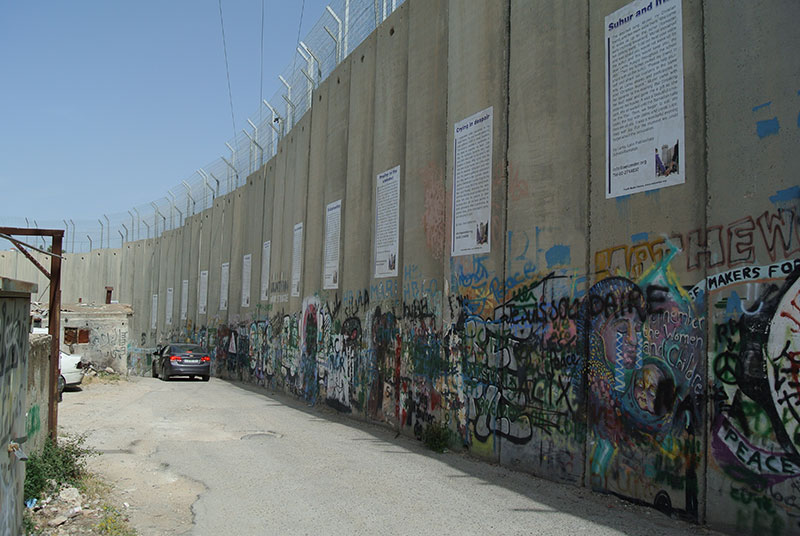
Figure 29: “Separation Wall,” Bethlehem (P. Blessing)
Suggested readings:
F. Barry Flood, “An ambiguous aesthetic: Crusader spolia in Ayyubid Jerusalem.” In Ayyubid Jerusalem: The Holy City in Context, 1187-1250, edited by Robert Hillenbrand and Sylvia Auld (London: Altajir Trust, 2009), pp. 202-215
Oleg Grabar, Jerusalem, Constructing the Study of Islamic Art, vol. 4. Y. (Aldershot, England and Burlington, VT, 2005).
Oleg Grabar and Said Nuseibeh, The Dome of the Rock (New York, 1996).
Marcus Milwright, The Dome of the Rock and Its Umayyad Mosaic Inscriptions (Edinburgh, 2015).
Lawrence Nees, Perspectives on Early Islamic Art in Jerusalem (Leiden, 2016).
Robert Ousterhout, “Architecture as Relic and the Construction of Sanctity: The Stones of the Holy Sepulchre,” Journal of the Society of Architectural Historians 62, No. 1 (Mar., 2003): pp. 4-23

Figure 1: Interior of Dome, Anastasis Rotunda, Church of the Holy Sepulcher, Jerusalem (P. Blessing)


Figures 2 and 3: Holy Sepulcher, Anastasis Rotunda, Church of the Holy Sepulcher, Jerusalem (P. Blessing)

Figure 4: Coptic chapel, Anastasis Rotunda, Church of the Holy Sepulcher, Jerusalem (P. Blessing)
Let me begin with the Holy Sepulcher, an of course iconic if entirely confusing building at the structural level. Having attempted to teach this monument several times—and I really have to say attempted, because I am not entirely sure that I had understood it well based on plans and descriptions—I can attest to the difficulty of figuring out what is what. The monument changed form multiple times since its initial construction in the fourth century, and little of the original structure remains besides the general shape of the Anastasis Rotunda (Figure 1) and the fact that both the sepulcher of Christ (Figures 2 to 4) and the rock of Calvary are integrated into the structure. The building was transformed multiple times over the centuries, particularly after its destruction under the Fatimids in 1009, and during the subsequent rebuilding under Byzantine patronage, completed by the mid-eleventh century.

Figure 5: South façade, Church of the Holy Sepulcher, Jerusalem (P. Blessing)




Figures 6 to 9: details of south façade, Church of the Holy Sepulcher, Jerusalem (P. Blessing)
The current complex is largely a Crusader creation with both earlier and later elements. The South façade (Figure 5) and main entrance and its architectural sculpture are of the twelfth century (Figures 6 to 9). The sculpted twelfth-century lintels are now in the Rockefeller Museum in Jerusalem. Despite their originality, many of these elements are rooted in late antiquity, including the “windswept acanthus” capitals (Figure 10), compared for instance to the sixth-century ones at the site of Qal‘at Sim‘ān (St. Simeon the Stylite) in northern Syria (Figure 11). (The latter site was bombed in mid-May 2016 during the war in Syria.)

Figure 10: “windswept acanthus” capitals on south facade, Church of the Holy Sepulcher, Jerusalem (P. Blessing)

Figure 11: “windswept acanthus” capital, Qal‘at Sim‘ān, Syria, in a photography taken in July 2006 (P. Blessing)

Figure 12: Crusader choir, Church of the Holy Sepulcher, Jerusalem (P. Blessing)


Figures 13 and 14: ambulatory with radiant chapels, Church of the Holy Sepulcher, Jerusalem (P. Blessing)
Also added in this period were the choir with a Gothic vault (Figure 12) and an ambulatory with radiant chapels (Figures 13 and 14). Both are completely encased in adjacent structures, not visible from the outside, and hardly any light enters the ambulatory. Older elements appear in the Armenian chapel (Figure 15) halfway down the stairs to the rock of Calvary – especially the late antique capitals –while more recent architecture and liturgical vessels dominate the two levels of the southern section (Figures 16 and 17).

Figure 15: Armenian chapel, Church of the Holy Sepulcher, Jerusalem (P. Blessing)


Figures 16 and 17: Entrance section and chapel of St. Anne, Church of the Holy Sepulcher, Jerusalem (P. Blessing)
Striking as well were matters of scale and size—while the entire church takes up a large surface, its fragmented interior and dim lighting make it feel intimate despite the large number of pilgrims and tourists present. Similarly, the walk along the Via Dolorosa evokes a limited urban space, yet opens up layers upon layers of present-day Jerusalem as it leads from West Jerusalem to the Muslim quarter of East Jerusalem; effectively the first station is only meters away from the enclosure of the Haram al-Sharif (Temple Mount), which sits on the site of the Jewish Temple—this makes it the most disputed site in an already tense city.

Figure 18: Dome of the Rock, Jerusalem (P. Blessing)

Figure 19: North façade, Al-Aqsa Mosque, Jerusalem (P. Blessing)
On the Temple Mount, the main monuments are of course the Dome of the Rock (Figure 18) and the al-Aqsa Mosque (Figure 19). As two of the earliest extent Islamic monuments, they are particularly charged sites, and currently not accessible to non-Muslims. Nevertheless, seeing the exterior is worth a lot, after years of textbook images and accounts in survey courses. The tile decoration (Figures 20 and 21) of the Dome of the Rock was installed in the mid-sixteenth century under the patronage of Ottoman sultan Süleyman the Magnificent who also renewed Jerusalem’s walls. While the original mosaics have been preserved in the interior, only small fragments (Figures 22 and 23) are still in place on the exterior that was also covered in mosaics (albeit likely deteriorated) before the Ottoman intervention.


Figures 20 and 21: Ottoman tile decoration, Dome of the Rock, Jerusalem (P. Blessing)


Figures 22 and 23: Fragments of seventh-century mosaic on east porch, Dome of the Rock, Jerusalem (P. Blessing)
Nearby, Mamluk monuments present the later uses of the complex, with the prominent fountain (Figure 24) and Ashrafiya Madrasa (Figures 25 and 26) founded by Sultan Qaytbay in the late fifteenth century in a style associated with Mamluk Cairo—certainly a deliberate move on the part of patron, advisers, and architect. Close to the madrasa, the fourteenth-century Bab al-Qattanin (Figure 27) leads out of the Haram into a covered market (Figure 28) dating to the same period.

Figure 24: Fountain (sabil) of Sultan Qaytbay, Jerusalem (P. Blessing)


Figures 25 and 26: View and portal, Ashrafiya Madrasa, Jerusalem (P. Blessing)

Figure 27: Bab al-Qattanin, Jerusalem (P. Blessing)

Figure 28: Suq al-Qattanin, Jerusalem (P. Blessing)
Looking at these sites, impressive both for their architecture and for the religious significance they carry for a large proportion of the local population, but also internationally, it is sometimes too easy to forget the tensions surrounding many of these sites. Yet the limits to access are clear, and the Western Wall of the Temple is part of the outer limits of the Haram, and one of the holiest sites in Judaism. Similarly, only a few kilometers from Jerusalem, Bethlehem is now part of the West Bank and located inside the wall (Figure 29) built by the Israeli government around large parts of the area administered by the Palestinian Authority. While tensions appear in the press, and the work of graffiti artist Banksy on the wall has gained fame, the daily reality of life on both sides of the fence often disappears from view. I was glad to be able to get at least small glimpses of both sides, something that is possible neither for Israeli citizens, who are banned from traveling to the West Bank and the Gaza strip (settlements are another part of the story), nor Palestinians living in those areas, who need special permits to enter Israel. Again, the difficulties surrounding Chinese artist Ai Weiwei’s visit to the Gaza Strip in May 2016 appeared prominently in the news, while daily life is often forgotten, outside of major events like the war in summer 2015.

Figure 29: “Separation Wall,” Bethlehem (P. Blessing)
Suggested readings:
F. Barry Flood, “An ambiguous aesthetic: Crusader spolia in Ayyubid Jerusalem.” In Ayyubid Jerusalem: The Holy City in Context, 1187-1250, edited by Robert Hillenbrand and Sylvia Auld (London: Altajir Trust, 2009), pp. 202-215
Oleg Grabar, Jerusalem, Constructing the Study of Islamic Art, vol. 4. Y. (Aldershot, England and Burlington, VT, 2005).
Oleg Grabar and Said Nuseibeh, The Dome of the Rock (New York, 1996).
Marcus Milwright, The Dome of the Rock and Its Umayyad Mosaic Inscriptions (Edinburgh, 2015).
Lawrence Nees, Perspectives on Early Islamic Art in Jerusalem (Leiden, 2016).
Robert Ousterhout, “Architecture as Relic and the Construction of Sanctity: The Stones of the Holy Sepulchre,” Journal of the Society of Architectural Historians 62, No. 1 (Mar., 2003): pp. 4-23


Leave a commentOrder by
Newest on top Oldest on top